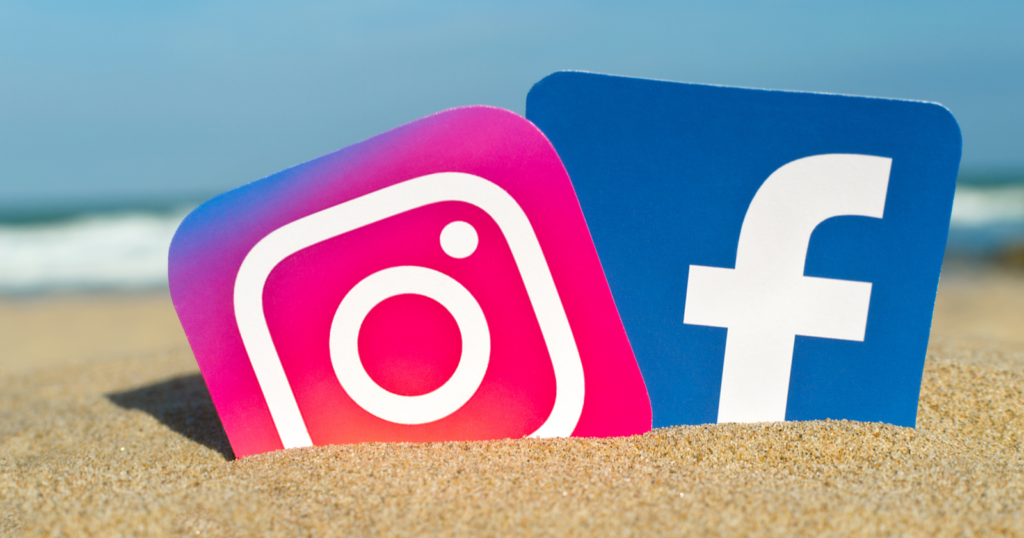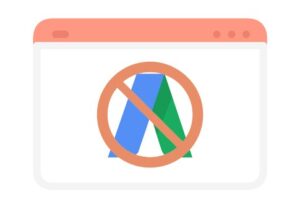With the rise of artificial intelligence in late 2022, the popularity of smart social media platforms has never been more important. After all, the giant impact that technology companies such as Meta (former Facebook) and Alphabet (Google) have left in the world has opened the door for multiple life changes in how we interact, think, consume, and sell. Communication and information are now everywhere – shaping the way people engage with each other and the Internet. Just think for an instant how many people use social media on a regular basis: the higher the number is, the more we rely on it.
Keep reading this article to find out how this amount influences digital marketing strategies – and the many ways you can use them in favor of your company.
Be sure to check out: What is digital marketing? The 10 pillars of success
So, how many people use social media?
According to Statista, there are 4.89 billion Internet users as of 2023. This amount is expected to surpass 5.85 billion people by 2027, at which point the world population will have reached 8.33 billion.
Facebook remains the biggest social media platform in the world, with 3 billion monthly active users (MAUs), followed by WhatsApp (also a property of Meta) and YouTube, both with an average of 2.7 billion MAUs as of the writing of this article. Instagram is rapidly sticking out from its 4th spot, though, so it’s expected that the Internet landscape will change drastically in the next few years.

Another interesting fact is that the average person spends two hours and thirty-five minutes on social media every day – typically interacting with 6 different platforms in the meantime. From a business perspective, this means it’s quite simple to exploit the immense quantity of shared content and mutual connections for lucrative purposes on the marketing front, as you’ll see throughout the article.
Here’s a brief year comparison to showcase the exponential rate at which social media expands:
| Year | Social Media User |
| 2027* | 5.85 billion |
| 2026* | 5.64 billion |
| 2025* | 5.42 billion |
| 2024* | 5.17 billion |
| 2023 | 4.90 billion |
| 2022 | 4.59 billion |
| 2021 | 4.26 billion |
| 2020 | 3.9 billion |
| 2019 | 3.51 billion |
| 2018 | 3.1 billion |
| 2017 | 2.73 billion |
Why is the use of social media important to digital marketing strategies?
Today, the term “social media” embraces a plethora of different online platforms that may or may not be interconnected. Nevertheless, it plays a crucial role in digital marketing strategies for several reasons – given how its popularity goes beyond casual entertainment and community bonding, its impact on commercial relations is unmistakable.

In the 90s, the Internet brought us online shopping and website stores, but there was yet a world of possibilities to unfold before our eyes. Below, we’ve listed the main reasons why digital marketing soared with the rise of social media in the past decade:
- Wide audience reach: As we’ve seen, social media platforms have billions of users worldwide. This extensive user base allows businesses to reach a diverse and global audience – whether you’re targeting a local or international market, it provides access to many, many potential customers.
- Targeted advertising: Social media platforms offer advanced targeting options based on demographics, interests, behavior, and more. This enables businesses to create highly tailored advertisements that reach their ideal audience, increasing the chances of engagement and conversions.
- Brand awareness: It is a powerful tool for building and enhancing brand recognition; after all, consistent and creative content can help establish your brand identity and keep it top-of-mind for your target audience.
- Engagement and interaction: Social media encourages two-way communication between businesses and customers, allowing for real-time interaction through comments, likes, shares, and direct messages. Engaging with your audience can foster customer loyalty and trust!
- Content distribution: These platforms provide a convenient way to distribute various types of content, such as blog posts, videos, infographics, and more. This can help drive traffic to your website and increase the visibility of your content.
- User-generated content: Satisfied customers often share their experiences on their personal profiles, which encourages user-generated content – such as reviews and testimonials – and helps build credibility and trust.
- Data and analytics: Social media platforms offer robust analytics tools that provide insights into your audience’s behavior, engagement levels, and the performance of your campaigns. This data allows for continuous optimization of your marketing efforts.
- Cost-effective advertising: Compared to traditional advertising methods, social media advertising is often more cost-effective, since you can set specific budgets and goals to make it accessible to businesses of all sizes.
- Competitive advantage: Many of your competitors are likely active on social media (as you should, too). Establishing a strong presence and effectively utilizing social media will always give you a competitive edge in your specific industry.
- Mobile accessibility: As the majority of social media usage occurs on mobile devices (nearly 85% of the world’s smartphone users), it’s a prime channel for reaching users on the go. Therefore, mobile optimization is essential for digital marketing success.
- Feedback and market research: It provides a platform for collecting feedback and conducting market research. This means you can gain valuable insights into customer preferences, trends, and emerging market demands.
- Community building: Finally, building a loyal community of followers and customers on social media can lead to long-term relationships and repeat business. It’s a space to nurture a sense of belonging and loyalty among your audience.
Social media also affects traditional marketing
At the end of the day, the ever-growing use of social media has had a significant impact on various aspects of marketing itself – including logo creation, branding, email marketing, and ad campaigns. After all, we’re getting to a point where almost 5 billion people (more than half the world’s population) use social media on a daily basis; so is there a better way to spread out your brand awareness than on a screen?
Logo creation and branding
The logo is the symbol, the essence, and the philosophy of a company ever since the beginning of modern civilization. Social media platforms have become key touchpoints for brand interaction – our tiny screens are like a living billboard.
In this sense, companies must ensure that their logos and visual branding elements are consistent across all social media profiles. This visual consistency helps in brand recognition and fosters trust among followers.
Social media platforms often display logos in small sizes, such as profile pictures or avatars. This has led to a trend of creating simplified and scalable logo designs that remain recognizable even when displayed in a small format.
Of course, there’s also storytelling and persona. Social media encourages brands to convey their values, personalities, and stories effectively, humanizing their products and services to create a more personal connection with following consumers.
Finally, as we cited before, this has facilitated the sharing of user-generated content featuring a brand’s logo or products. Brands often encourage their customers to create content and share experiences, which can enhance brand authenticity and credibility.
Email marketing
Even though email marketing campaigns are not that traditional (it only became a staple in commercial relations during the 90s), email remains an integral part of business life, and thus is often integrated with social media efforts. Companies include social media icons and links in their emails, making it easy for recipients to follow and engage with the brand on social platforms, for example.

Not only that – but email marketing is used to promote content such as blog posts, videos, or special offers. This cross-promotion helps drive traffic to social media profiles and website content altogether.
Marketers may also use data gathered from social media to segment their email lists. Think about it this way: subscribers who engage with the brand on profiles might receive targeted emails with exclusive offers. This type of email often includes social proof elements, such as social media share counters or customer reviews, to boost trust and engagement among the recipients.
Ad campaigns
Similarly to email – and to an extent, even more – the advertising platforms of social media offer advanced targeting options based on user demographics, interests, behavior, and interactions for highly precise ad campaigns. The main contenders here are Google and Facebook, which have their own ad systems (also known as paid traffic) for any company to use.
Moreover, social media ads display content to users who have previously interacted with a brand on the platform or visited their website. Native advertising helps re-engage potential customers because it blends seamlessly with users’ feeds, resembling regular content. This strategy is designed to be non-disruptive and engaging.
Many platforms continuously introduce new ad formats and features, such as stories ads, carousel ads, and shoppable posts, giving marketers creative options to explore what picks the consumers’ interest. Be it through likes, comments, shares, or direct messages, this real-time interaction provides valuable insights and opportunities for customer engagement.
Get professional help with marketing strategies for businesses
Now you know how many people use social media – and the importance of this number to digital marketing strategies. Do you also know we can help you with anything related to this area? Be it Facebook, Instagram, Google, or even WhatsApp, Laços provides the right team for all your needs on this front.
Based in Brazil, we are a digital marketing agency focused on small and medium businesses. You can schedule a free meeting with us right now – and you’ll leave the reunion with a vast overview of what your company requires, the first steps to creating lucrative strategies, and how to optimize your current online activities.
Speak to our agents today and leave all the hard work to specialists!






